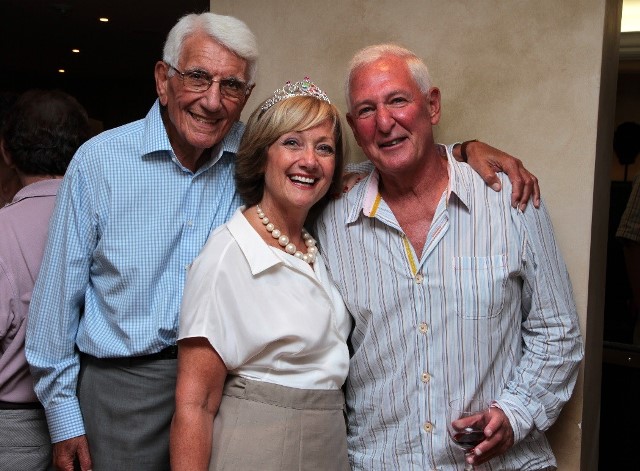Canadians aged 65+ represent 16 per cent of the population and include 5,700,000 Canadians according to Statistics Canada. The numbers are expected to balloon to 25 per cent by 2036. Today there are more people in Canada 65 and older than under 15.
This surge in The Age Wave is intensifying the demand for care. A survey commissioned by the Canadian Medical Association says that 61 per cent of Canadians over 45 are wary that hospitals and long-term care facilities will not be able to accommodate their changing needs as they age.
The idea of boomers (born between 1946 and 1965) caring for their parents as well as their children and spouses/partners has become a reality in many households as families struggle to keep loved ones at home.
These new demographics are forcing Canada’s health care system to undergo a myriad of changes. As a communications professional who’s worked in this older adult sector for many years, I consider this new-found focus on bridging the gap as family members transition from hospital care to home a refreshing imperative. All eyes are on the patient pathway, how we transition the ill and recovering from care facilities to home, a journey I believe we should view as a relay with the patient likened to the precious cargo, the baton.
A relay involves all athletes working together and supporting each other every step of the race, ensuring that each athlete starts their leg of the race feeling prepared and at their best. And the hand-off of the baton symbolizes each step of the patient pathway, transferring from the care of doctors to social workers to family members many of whom become caregivers. It’s crucial that this “patient hand-off” is done the same way as athletes passing on the baton- everyone involved needs to be alert and “in the know” at all times.
Today, one in 12 patients is readmitted to hospital within 30 days of being discharged. Frequently this is as a result of a glitch in communication somewhere in the patient hand-off, or passing of the baton.
“Families can become overwhelmed when a loved one is transitioning from a hospital stay to home,” says Bruce Mahony, of Home Instead Senior Care in Toronto. “These challenges can be a matter of logistics – such as the time of discharge, whether their loved one is prepared to leave the hospital, understanding medication and other health-related requirements, and the next steps of their recovery plan. It can be very confusing and there can easily be a breakdown in communication.”
When patients are sent home unprepared, they can misplace or misunderstand discharge instructions leaving them vulnerable to a hospital readmission. To reduce this risk, a combination of specific care and coordination can secure a safe and successful transition.
Speaking as a daughter of a 91-year-old father who spent a lengthy time in hospital, I have a few of my own recommendations that I believe will contribute to a more person-centered approach in the patient pathway, enabling an easier hand-off throughout the process.
- Health care professionals and family caregivers must collaborate. This can be done by initiating the conversation and building relationships with those involved in the patient’s care and with community resources including family doctors, pharmacists, Meals on Wheels, community centres and gyms.
- Family caregivers should feel free to ask questions and not be intimidated. Active dialogue and open communication between all those involved in the patient pathway is key. This will stem from building relationships with one another and being fully informed with all that’s involved in each stage of the patient experience.
- As a caregiver, feel free to admit when you’ve had enough or are in over your head. Ask for help from friends, community resources and family doctors. Respite is also available from professional caregivers or, for older adults, with short-stays in retirement residences.
As our baby boomers and seniors age, the patient pathway can be daunting. But with open lines of communication and active engagement on all fronts, the baton won’t drop and the patient family is better served. It’s a win-win situation for everyone.




